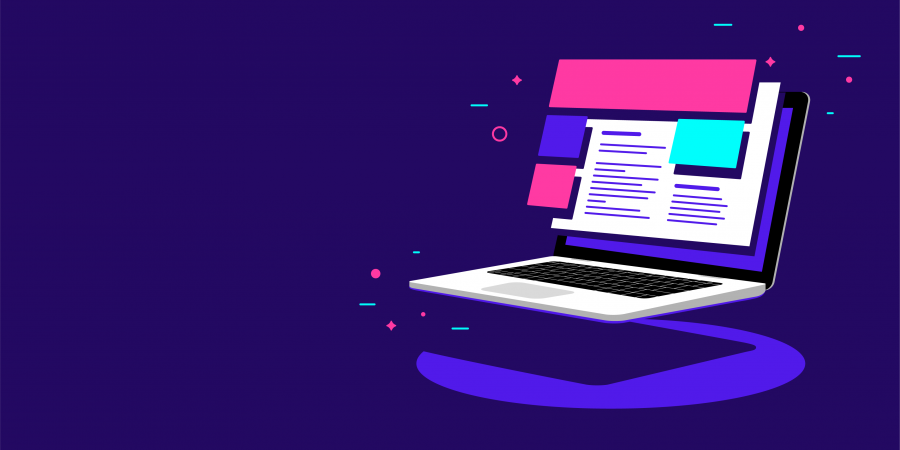Seven Smart Steps to Optimize Your Website Design
Having a great website is about more than just making sure your website looks good to potential visitors (though that’s certainly a bonus). During the web development process, there are several other tips you’ll want to consider. These include not-so-little details such as how web design factors into a site’s search engine rankings and its speed.
Of course, there are things you can do to optimize your website design, giving you real results from improved search traffic to greater numbers of conversions. Here are 7 of our top tips for optimizing your website.
1. Use High-Quality SEO Keywords
Have you hired someone to provide you with SEO content services for your website yet? Whether you have or haven’t, do remember that these services begin with having quality, well-researched keywords that will bring people to your website. Your keywords should also be relevant, ensuring you’re finding the right audience and getting the right people to your website.
2. Treat Every Page Like a Landing Page
When it comes to web design, a lot of people tend to focus their attention on their homepage. However, once you’ve worked with a content writer and built up your website using good SEO content services, any page of your website has the potential to be an entry point for potential visitors. That’s why it’s important that every page is easy to read and navigate. You should also use good links on every page so it’s easy for people to contact you and ultimately become your customer.
3. And Speaking of Links…
The importance of links in your web design can’t be overstated. Among the many types to include are contextual links. These take users from your content to other parts of your site such as your blog. They can also take users to authoritative sources, which helps you establish credibility. Having a good number of these links in your content writing (but not too many) divides up information on your site so readers aren’t overwhelmed. And as a bonus, they help improve your search engine ranking by making your website appear more relevant.
4. Optimize Your Site’s Images
During routine website maintenance, you may notice things are running slower than they should be. It’s annoying, but it happens to everyone. Optimizing your images by reducing their size to less than 0.5 megabytes can help you save data and keep things moving along. That way, users aren’t moving at a snail’s pace when they visit, which keeps them from scouting out competitors instead.
5. Do Away With Average Stock Images
Okay, we get it. Sometimes stock images are all you have to work with. But if you’re using stock photography that’s too generic – and that people have seen on a thousand other websites – you’re setting yourself up. Images are a big part of web design. Look for stock images that are more unique to remind them that you’re not just one of the million companies out there – you’re truly one in a million.
6. Ditch Jargon and Avoid Ambiguity
To take a moment and get back to content writing, and what you should expect from a content writer, remember to always say clearly what you want and need to say. Jargon is lost on those who don’t use it in their everyday lives. It also doesn’t age well, and it might not be long before your content writing seems dated. Ambiguity in any context is bad, but when you’re trying to tell people who you are and what you do, its best to be upfront and ditch any language that doesn’t get straight to the point.
7. The Benefits of Buttons
Buttons give visitors to your site something to do once they finish reading, apart from shrug and move on to the next website. Buttons that link to:
- Social media
- Contact info
- Newsletter sign-up form
- Read more info
- Relevant eBook or video
These are all great examples of actions you can incorporate into your web design. Once visitors have finished checking out everything your web page has to offer, buttons help spur them on to the next phase of the buying process.
Of course, whether you’re just doing some website maintenance, updating your design or building your website from scratch, it always helps to have a talented web design team at your disposal. If you have any questions about how you can improve your website design, contact us. We’re anxious to help you get started!





